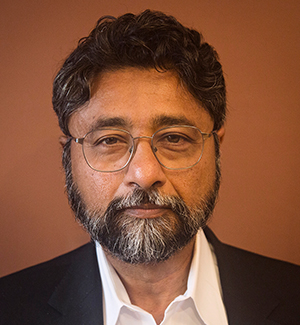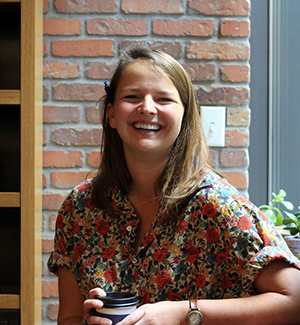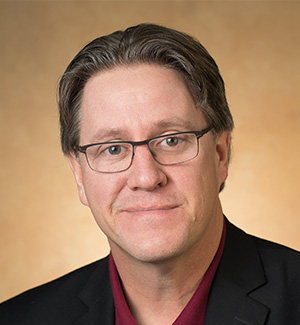August 18, 2020
Can using what we know about how our minds process visuals, sounds, and movement attract more people’s attention to science, technology, engineering, and math (STEM) topics? What are we learning about the human brain that could advance your research? The keynote speakers, listed below, at the virtual Sigma Xi Annual Meeting and Student Research Conference from November 5–8, 2020 will explore these questions and more. Find details and register at www.sigmaxi.org/amsrc20.

Anjan Chatterjee
University of Pennsylvania
The Aesthetic Brain: On Beauty, Buildings, and Art
We are surrounded by people, places, and things. Chatterjee will review the basic conceptual underpinnings of neuroaesthetics, a relatively new field that examines the biological bases for aesthetic experiences. He will argue that our brains respond automatically to our aesthetic environment, and discuss recent results from his lab that focus on the neuroaesthetics of faces, architectural interiors, and art. He will also discuss the implications of our automatic responses on the relationship between our environment and our sense of well-being.

Rachael Cusick
WNYC Studios’ Radiolab
Searching for Genius
Cusick will discuss “Radiolab Presents: G,” Radiolab’s 2019 documentary series on intelligence, which had her diving into the oddest search for genius the world has ever seen. Notably, the series explored how art and science together have unlocked mysteries that neither could have accomplished alone. Her team collaborated with artists for original music, illustrations, and voice acting to present scientific ideas in vivid and emotionally resonant ways. The result was a powerful journey through IQ tests, eugenics, the secret to genius in Albert Einstein’s brain, and much more.

Larry S. Sherman
Oregon Health and Science University
Every Brain Needs Music: A Lecture and Performance
The human brain has the unique ability to create, perform, and listen to music. Recent studies indicated that practicing and performing music can significantly impact how nerve cells are formed, how they transmit their signals, and how they connect with one another. These findings have implications for how music can influence brain development and brain repair in people with brain injuries and neurodegenerative diseases. These topics will be discussed in combination with live music.

Barbara Landau
Johns Hopkins University
When an Amnesic Artist Remembers
Classical theories of memory, starting with patient H.M., suggest two distinct kinds of memory: declarative (i.e. factual) and non-declarative (including skills), that can be differentially impaired after damage to the hippocampus. Landau will explore the case of a highly accomplished graphic artist who sustained major damage to the hippocampus, leaving her with significant amnesia. This case allows us to probe how the brain represents factual knowledge of art, as well as the practice of art, including underlying skills.
What Can Art and Science Achieve Together That Neither Could Accomplish Alone?
This year’s conference theme will be Hacking the Brain: The Intersection of Art and Neuroscience. Talks, workshops, and panel discussions will explore interdisciplinary research investigating how we see, hear, and move. Other sessions will be organized under the following tracks: Research Ethics; Research Enterprise and Professional Development; and Science Communication, Education and Public Engagement. The conference also includes a College and Graduate School Fair, to help students explore higher education options, and a public STEM Art and Film Festival.